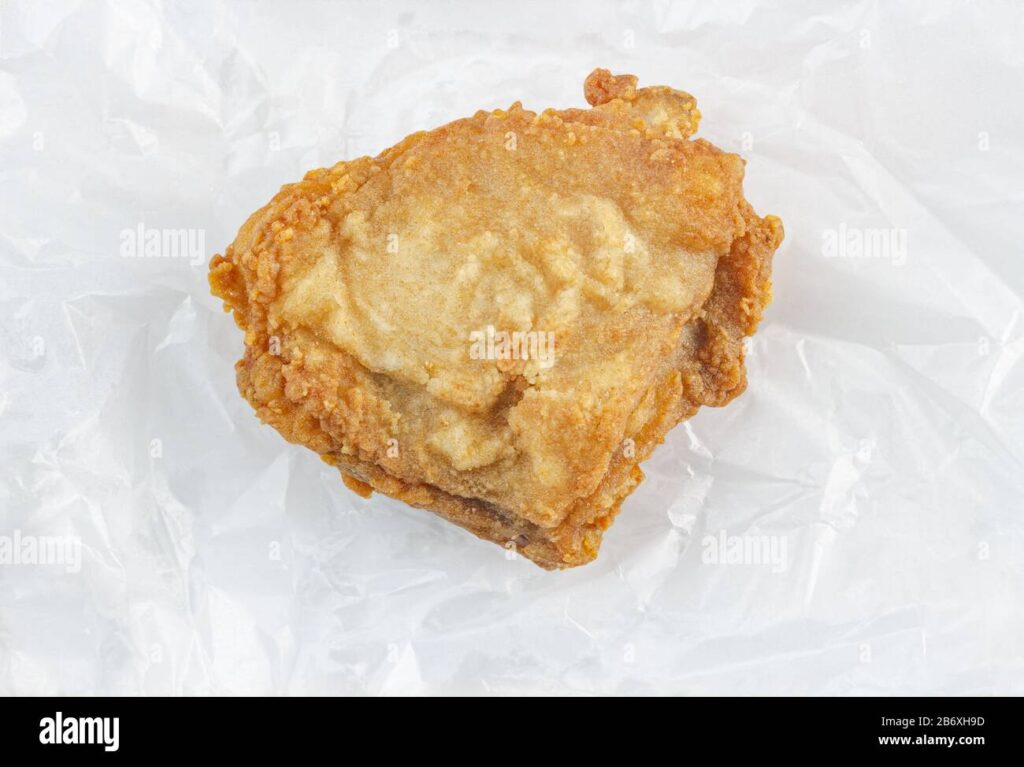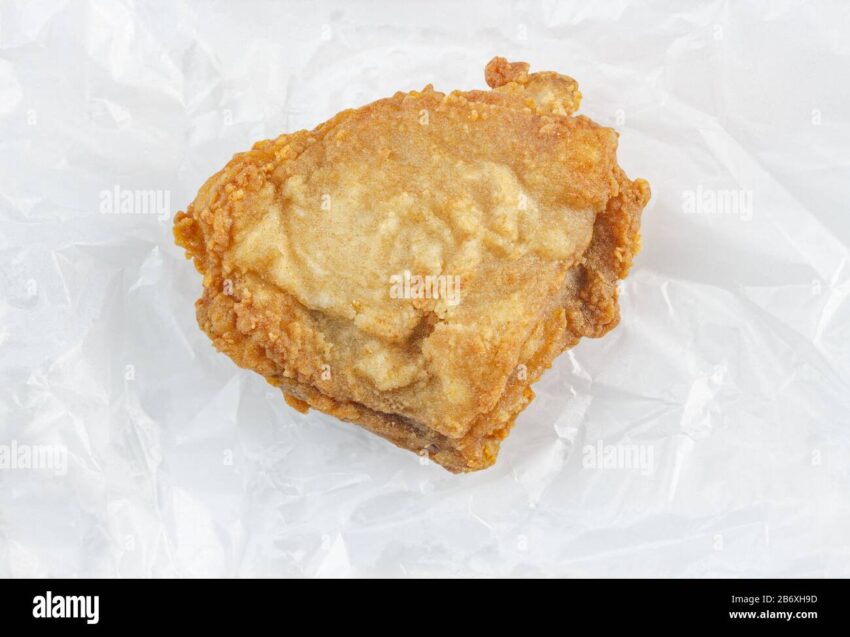
Oil Absorbing Paper for Food: A Comprehensive Guide
In today’s fast-paced world, convenience is king. But convenience shouldn’t come at the expense of health. That’s where oil absorbing paper for food comes in. This seemingly simple product plays a vital role in reducing excess oil in our meals, promoting healthier eating habits without sacrificing the enjoyment of our favorite fried foods. This comprehensive guide will delve into the benefits, types, uses, and considerations surrounding oil absorbing paper for food, ensuring you make informed choices for yourself and your family. Within the first 10% of this article, we’ve already mentioned oil absorbing paper for food multiple times, highlighting its crucial role in modern diets. Let’s explore this unsung hero of the kitchen in detail.
The Importance of Reducing Oil Intake
Before we dive into the specifics of oil absorbing paper for food, it’s essential to understand why reducing oil intake is crucial. Excessive oil consumption is linked to various health problems, including weight gain, heart disease, and increased cholesterol levels. By using oil absorbing paper for food, you can significantly decrease the amount of fat you consume, contributing to a healthier lifestyle. This is particularly important for individuals who frequently consume fried foods or dishes with high oil content.
Health Benefits of Reduced Oil Consumption
- Lower cholesterol levels
- Reduced risk of heart disease
- Weight management
- Improved overall health
What is Oil Absorbing Paper?
Oil absorbing paper for food, also known as greaseproof paper or blotting paper, is a specialized paper designed to absorb excess oil from food surfaces. It’s typically made from cellulose fibers and treated to resist grease and moisture. The paper’s porous structure allows it to effectively trap oil, leaving your food less greasy and more palatable. The effectiveness of oil absorbing paper depends on the type of paper and the amount of oil present.
Types of Oil Absorbing Paper
Various types of oil absorbing paper are available on the market, each with its unique characteristics and applications:
- Standard Greaseproof Paper: This is the most common type, suitable for general use in absorbing oil from fried foods like french fries, chicken nuggets, and spring rolls.
- Waxed Paper: While not strictly designed for oil absorption, waxed paper can provide a barrier against grease and moisture. However, it’s less effective at absorbing oil compared to specialized oil absorbing paper.
- Parchment Paper: Primarily used for baking, parchment paper also offers some resistance to oil. It’s a good option for lining baking trays and preventing food from sticking.
- Specialty Oil Absorbing Sheets: These are often made from highly absorbent materials like bamboo fiber or cotton. They are designed for specific applications, such as absorbing oil from pizza or sushi.
How to Use Oil Absorbing Paper Effectively
Using oil absorbing paper for food is simple, but maximizing its effectiveness requires a few key steps:
- Place the paper strategically: Line plates or containers with oil absorbing paper before placing food on them. This allows the paper to absorb oil as it drains from the food.
- Blot excess oil: Gently press the paper against the surface of the food to absorb any visible oil. Be careful not to press too hard, as this can crush the food.
- Replace the paper as needed: If the paper becomes saturated with oil, replace it with a fresh sheet to continue absorbing excess grease.
- Consider layering: For particularly oily foods, use multiple layers of oil absorbing paper to maximize absorption.
Benefits of Using Oil Absorbing Paper
The benefits of incorporating oil absorbing paper for food into your cooking and eating habits extend beyond just reducing oil intake:
- Improved Taste and Texture: Removing excess oil can enhance the natural flavors and textures of food, making it more enjoyable to eat.
- Healthier Meals: As previously mentioned, reducing oil intake contributes to a healthier diet and reduces the risk of various health problems.
- Reduced Mess: Oil absorbing paper helps to contain oil spills and drips, making cleanup easier and preventing greasy messes.
- Enhanced Presentation: Using oil absorbing paper can improve the presentation of food, making it look more appealing and appetizing.
Choosing the Right Oil Absorbing Paper
With so many options available, selecting the right oil absorbing paper for food can seem daunting. Here are some factors to consider:
- Material: Opt for paper made from natural, food-grade materials like cellulose or bamboo fiber. Avoid paper that contains harmful chemicals or additives.
- Absorbency: Look for paper with high absorbency to effectively remove excess oil.
- Size and Shape: Choose paper that is appropriately sized for your needs. Pre-cut sheets are convenient for lining plates, while larger rolls are ideal for wrapping food.
- Durability: Select paper that is strong and tear-resistant, even when wet.
- Cost: Consider the cost per sheet and choose a product that offers good value for money.
Where to Buy Oil Absorbing Paper
Oil absorbing paper for food is widely available at most grocery stores, supermarkets, and online retailers. You can also find it at specialty kitchen supply stores and restaurant supply outlets. When purchasing online, be sure to read reviews and compare prices to ensure you’re getting a quality product at a fair price. [See also: Best Kitchen Gadgets for Healthy Eating]
Alternatives to Oil Absorbing Paper
While oil absorbing paper is a convenient and effective solution for reducing oil intake, several alternatives are available:
- Paper Towels: While not specifically designed for oil absorption, paper towels can be used to blot excess oil from food. However, they are less effective and may leave behind lint.
- Cloth Napkins: Cloth napkins can also be used to absorb oil, but they require washing and may not be as hygienic as disposable oil absorbing paper.
- Air Fryers: Air fryers use hot air to cook food, reducing the need for oil. They are a great alternative to deep frying for those looking to cut back on fat.
- Baking: Baking food instead of frying it is another way to reduce oil consumption.
Environmental Considerations
When choosing oil absorbing paper for food, it’s essential to consider the environmental impact. Opt for products made from sustainable materials, such as recycled paper or bamboo fiber. Look for certifications like FSC (Forest Stewardship Council) to ensure the paper comes from responsibly managed forests. Additionally, consider composting used oil absorbing paper to reduce waste. [See also: Sustainable Kitchen Practices]
Conclusion
Oil absorbing paper for food is a simple yet effective tool for reducing oil intake and promoting healthier eating habits. By understanding the different types of paper available, how to use it effectively, and the benefits it offers, you can make informed choices and incorporate it into your daily routine. Remember to consider the environmental impact and choose sustainable options whenever possible. With oil absorbing paper, you can enjoy your favorite foods without compromising your health. The consistent use of oil absorbing paper for food can lead to significant long-term health benefits. This is a valuable addition to any health-conscious kitchen. Make sure to use oil absorbing paper for food in your meals. Finally, remember to dispose of used oil absorbing paper for food responsibly.
